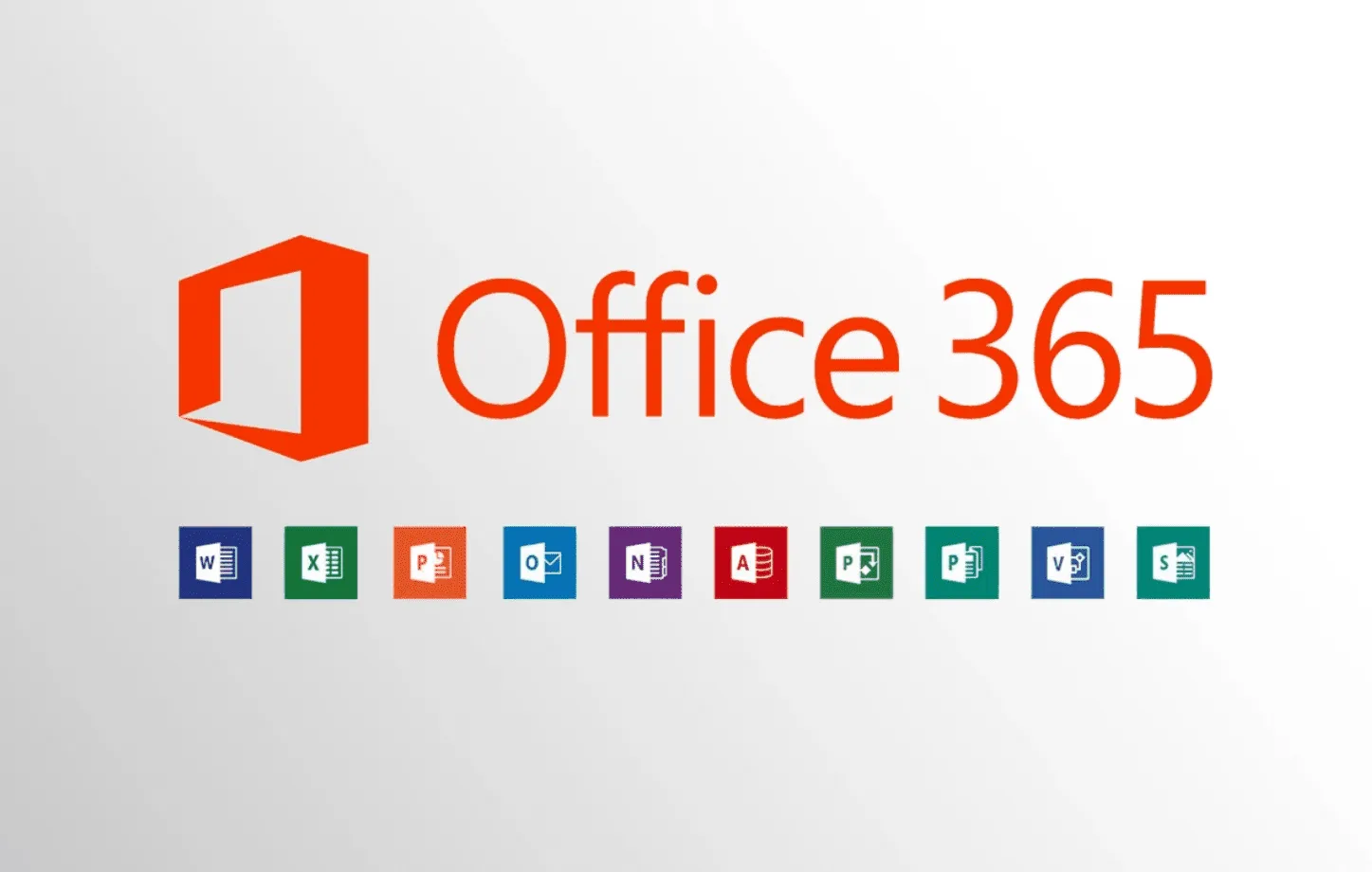Microsoft Office 365 has revolutionized how businesses and individuals approach productivity software. No longer confined to desktop installations, Office 365 leverages the power of the cloud to deliver a comprehensive suite of applications and services accessible from virtually anywhere. This technical overview delves into the architectural underpinnings and key components that make Office 365 such a robust and versatile platform. Understanding this architecture is crucial for IT professionals, administrators, and even end-users seeking to maximize their utilization of its capabilities.
Architecture of Office 365
Office 365 operates on a multi-tenant, cloud-based architecture. This means that multiple organizations share the same underlying infrastructure, with resources logically segregated to ensure data security and privacy. This shared infrastructure model allows Microsoft to achieve economies of scale, providing cost-effective services while maintaining high availability and performance. The architecture is geographically distributed across multiple data centers, providing redundancy and disaster recovery capabilities.
A key architectural component is Azure Active Directory (Azure AD), which acts as the identity and access management system for Office 365. Azure AD handles user authentication, authorization, and single sign-on (SSO) across all Office 365 services. This centralized identity management simplifies administration and enhances security by enforcing consistent access policies. Furthermore, it facilitates integration with other cloud-based and on-premises applications.
The Office 365 architecture is designed for scalability and extensibility. It leverages various technologies like microservices and APIs, allowing for continuous updates and the addition of new features without disrupting existing services. This agile approach ensures that Office 365 remains at the forefront of technological advancements, providing users with the latest tools and capabilities. The platform also integrates with other Microsoft cloud services, such as Azure and Dynamics 365, fostering a comprehensive ecosystem for business operations.
Key Services and Components
Office 365 encompasses a wide array of services designed to cater to various productivity needs. Core services include Exchange Online for email and calendaring, SharePoint Online for collaboration and document management, and OneDrive for Business for cloud storage. These services are tightly integrated, enabling seamless workflows and information sharing across the platform. For instance, users can easily share documents stored in OneDrive directly from within an Outlook email.
Beyond the core services, Office 365 offers a range of other tools and functionalities. Microsoft Teams provides a hub for teamwork, integrating chat, video conferencing, and file sharing into a single platform. Yammer facilitates enterprise social networking, enabling communication and collaboration across organizational boundaries. Power BI empowers users to analyze data and create interactive dashboards, providing valuable business insights.
The Office 365 suite also includes the familiar desktop applications like Word, Excel, and PowerPoint. These applications are available in both online and offline modes, offering flexibility and ensuring productivity regardless of internet connectivity. Furthermore, Office 365 integrates with various third-party applications and services, expanding its functionality and allowing for customization based on specific business requirements. This extensive ecosystem contributes to the platform’s versatility and adaptability.
Microsoft Office 365 represents a significant evolution in productivity software, offering a comprehensive suite of cloud-based services and applications. Its robust architecture, centered on a multi-tenant model and Azure AD, ensures scalability, security, and high availability. The diverse range of services, from core offerings like Exchange and SharePoint to collaborative platforms like Teams and Yammer, caters to a broad spectrum of business needs. By understanding the technical underpinnings and key components of Office 365, organizations can effectively leverage its capabilities to enhance productivity, collaboration, and overall business efficiency.






